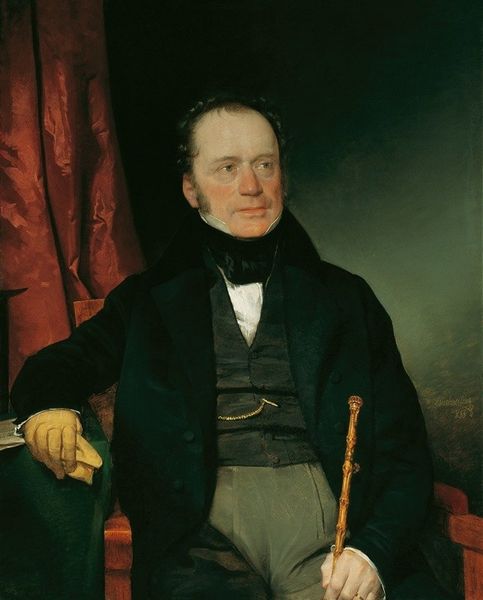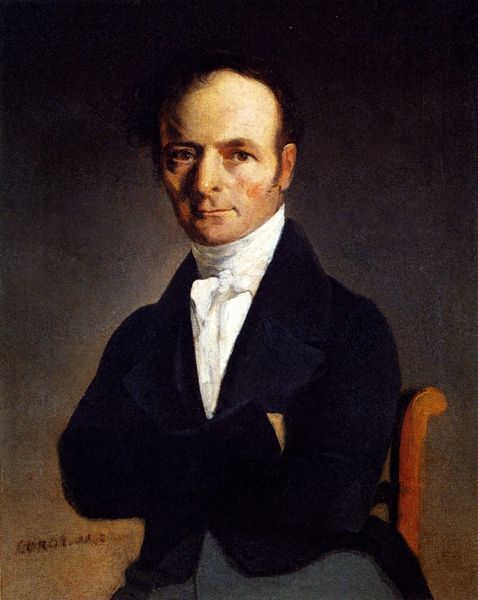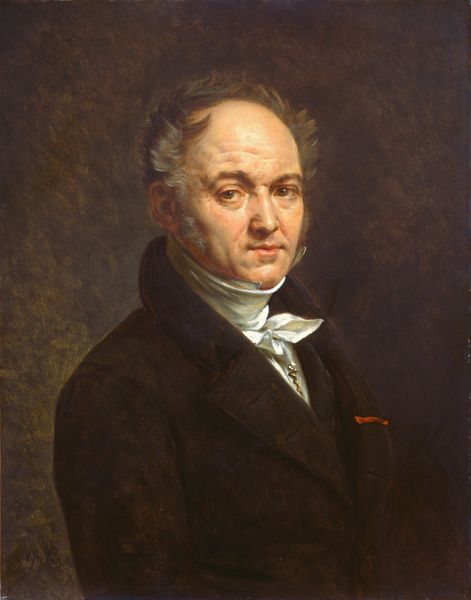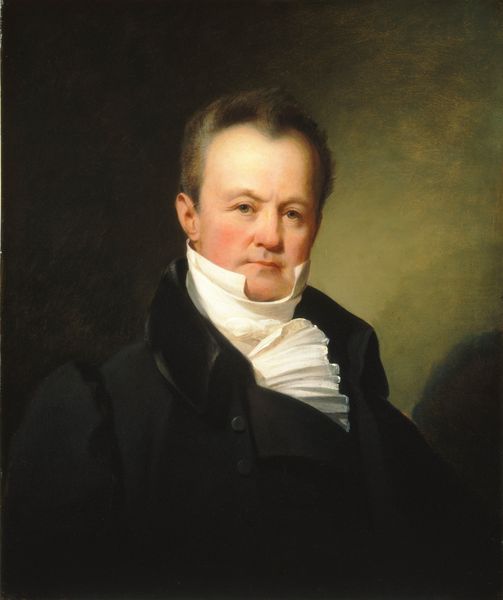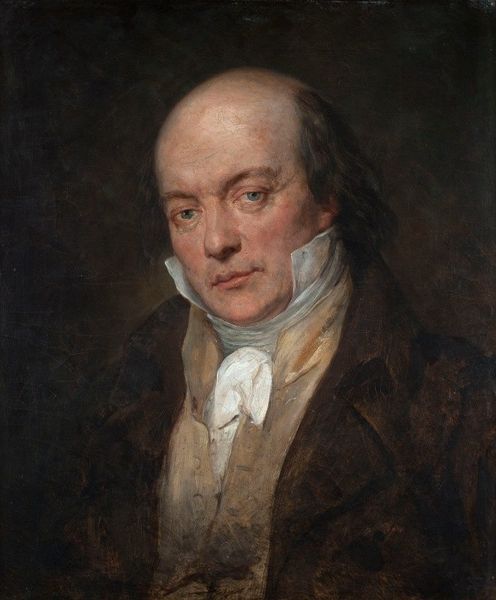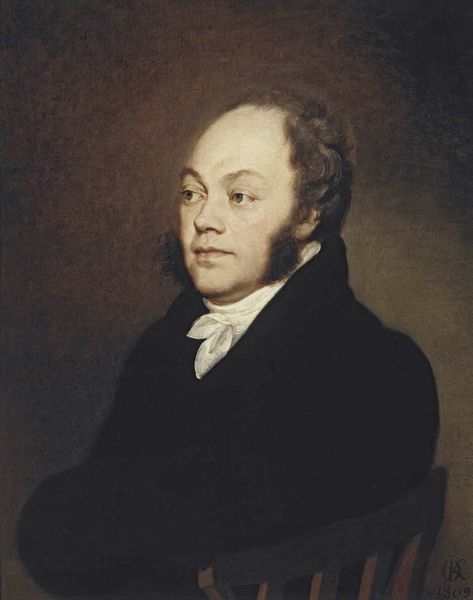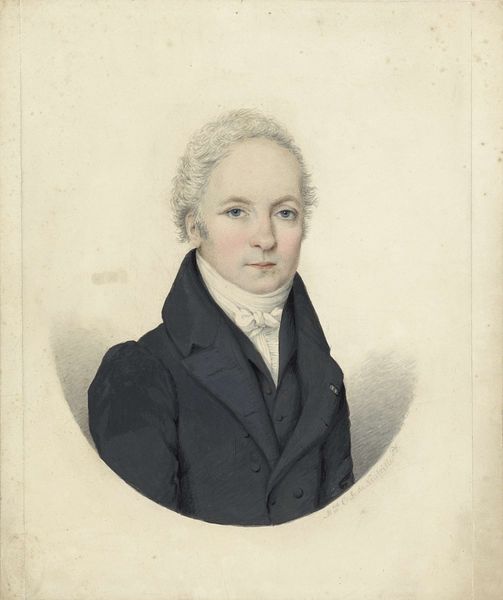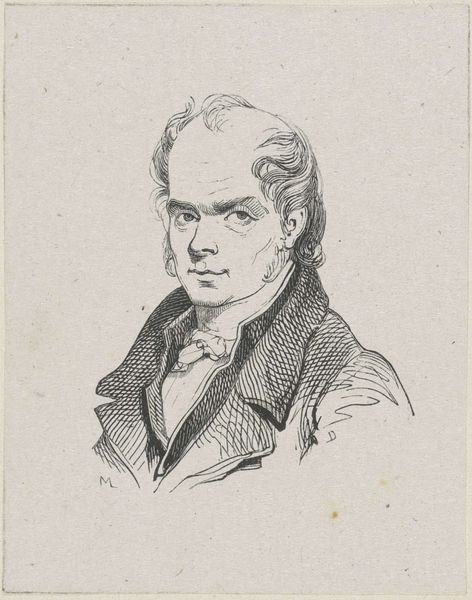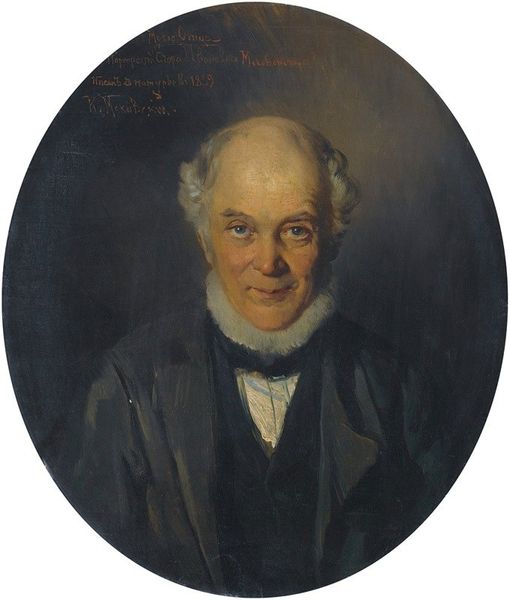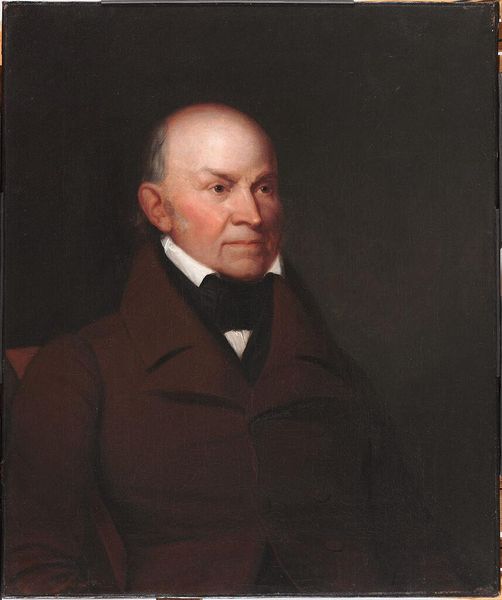
painting, oil-paint
#
portrait
#
painting
#
oil-paint
#
romanticism
#
academic-art
#
realism
Copyright: Public Domain: Artvee
Ferdinand Georg Waldmüller's "Bildnis August Walter" captures a sitter from the Austrian Biedermeier period. The painting reflects the era's focus on domesticity and the rising middle class. Notice the sitter's simple yet elegant attire, a symbol of the era's values of modesty and hard work. But the very existence of this image, like the production of all portraits, implies wealth, power, and status. Waldmüller was a child of the bourgeois, and he was committed to representational accuracy which broke from the aesthetic conventions of the Austrian Academy. Paintings like this offer insights into the social structures of the time. The Biedermeier era followed the Napoleonic Wars, with the Congress of Vienna in 1815, and a longing for stability and order shaped the art of the time. Art historians delve into archives and historical documents to better understand the relationship between art and society, shedding light on the complex interplay of art, culture, and power.
Comments
No comments
Be the first to comment and join the conversation on the ultimate creative platform.
